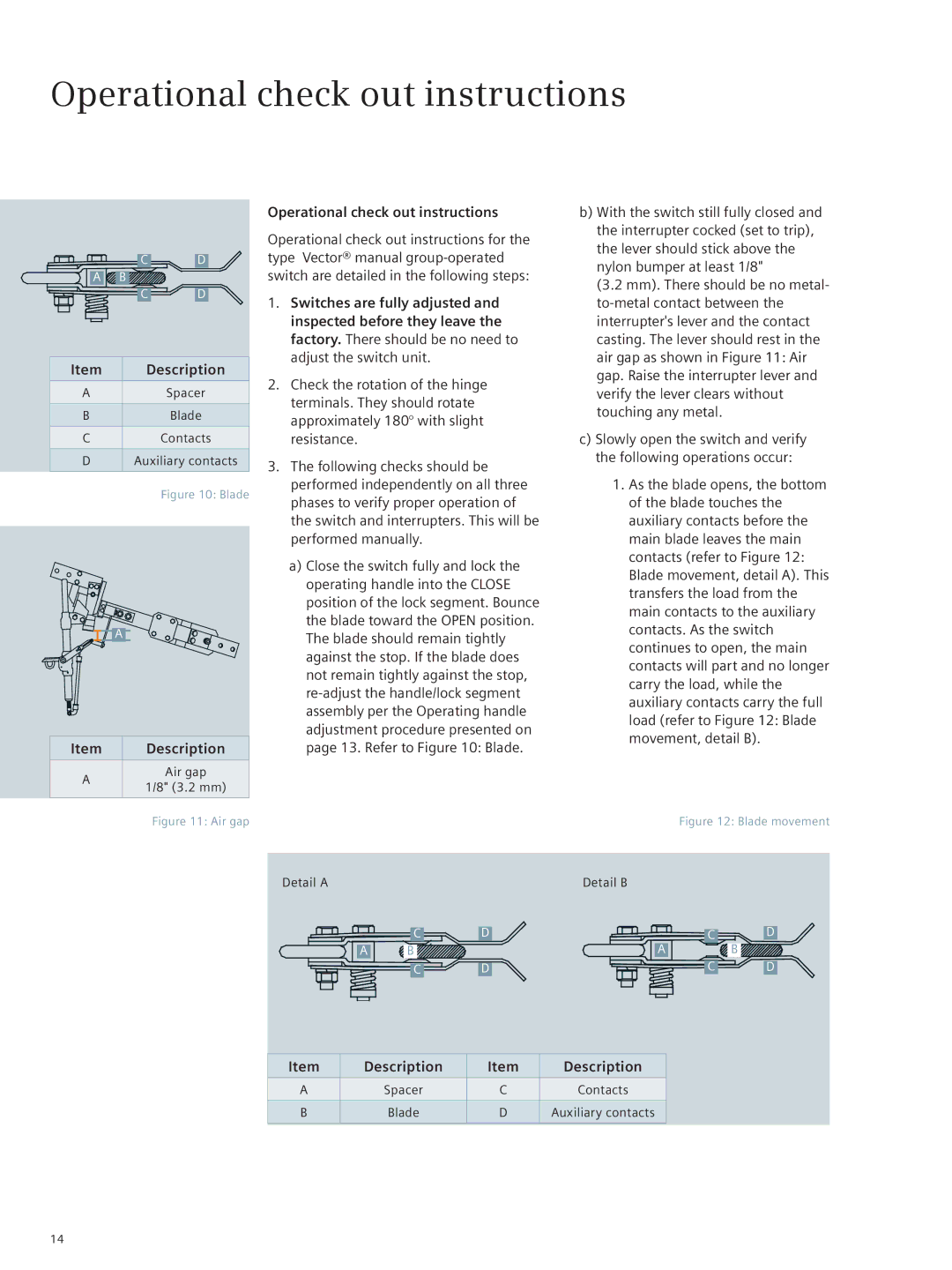E50001-F710-A420-X-4A00 specifications
The Siemens E50001-F710-A420-X-4A00 is a state-of-the-art industrial component that exemplifies Siemens' commitment to delivering advanced automation solutions. This particular model falls within the realm of programmable logic controllers (PLCs), which are pivotal in modern industrial automation systems.One of the standout features of the E50001-F710-A420-X-4A00 is its exceptional processing speed. Equipped with a powerful processor, it allows for rapid execution of complex logic operations, ensuring high efficiency in manufacturing processes. Additionally, this PLC supports multitasking capabilities, enabling it to handle multiple processes simultaneously without compromising performance.
A notable characteristic of this model is its extensive I/O options. The E50001-F710-A420-X-4A00 comes with a variety of digital and analog input/output modules, providing flexibility in connecting to various sensors and actuators. This versatility makes it suitable for a wide range of applications, from simple machine control to complex production line systems.
The device is designed with robust communication interfaces, facilitating seamless integration with other equipment and systems. It supports diverse protocols, including Ethernet, Profibus, and Profinet, which enables easy connectivity to field devices and higher-level control systems. This characteristic makes it possible to implement Industry 4.0 initiatives, allowing for real-time data exchange and enhanced monitoring capabilities.
Another key feature of the Siemens E50001-F710-A420-X-4A00 is its user-friendly programming environment. It supports various programming languages as per the IEC 61131-3 standard, including ladder logic, structured text, and function block diagrams. Such flexibility enables engineers to choose the most intuitive and effective method for their specific applications.
In terms of reliability, this PLC is built to withstand harsh industrial conditions. Its robust construction ensures resistance to dust, moisture, and temperature fluctuations, making it suitable for deployment in various environments. Moreover, it includes built-in diagnostic tools that aid in troubleshooting and maintenance, thereby reducing downtime.
In summary, the Siemens E50001-F710-A420-X-4A00 stands out due to its high processing speed, extensive I/O capabilities, versatile communication interfaces, user-friendly programming options, and robust design. These features, combined with its reliability, make it an excellent choice for organizations seeking to enhance their automation processes and adapt to the evolving demands of the manufacturing industry. With the E50001-F710-A420-X-4A00, Siemens continues to lead the way in providing innovative solutions that drive efficiency and productivity in industrial automation.

